Click to view our Accessibility Statement or contact us with accessibility-related questions





PRODUCTS YOU MAY LIKE
Trending Posts in Mechanical Keyboards

dvorcol
Support for Alternative Layouts
This is a summary of how alternative layouts have been supported by kits such as Colevrak and Homing. It is not a discussion of alt layout performance and development, but if that interests you I highly recommend starting with Pascal Getreuer’s A guide to alt keyboard layouts (why, how, which one?). It’s a concise and comprehensive overview with links to some great sites that go deeper. He also has a separate Links about keyboards page. The Keyboard layouts doc he recommends explains layout goals and metrics in detail, summarizing the alt layouts discussed here as well as more than one hundred others. Sculpted-profile The majority of custom keycap sets are sculpted-profile (Cherry, SA, MT3, KAT, etc. - more on profiles generally here) so let’s start there. Because each row has a unique keycap shape, alt layouts require a unique keycap for each legend that moves off its QWERTY row. At first there were two The Dvorak layout was patented in 1936 by August Dvorak & William L....
Apr 23, 2024

CousinTimmy
Promo codes for stack Macropad v2
is there any promo codes right now that work with the STACK OVERFLOW THE KEY V2 MACROPAD? link:https://drop.com/buy/stack-overflow-the-key-v2-macropad?searchId=ead314359856d5486d35f4713cff32e9
Apr 23, 2024

Robbedoes
*Help* Screw in stabilizers not fitting in Dropshift V2 keyboard
I'm trying to build a mechanical keyboard with screw in stabilizers, I've build some mechanical keyboards with click-in stabilizers, never with screw in. Somehow one of the pins of the metal top-part collides with the screw in stabilizer of the numpad "enter key". I already tried grinding of a bit of the pin that collides with the stabilizer, but unfortunately I can't make it fit/close properly. You can see that the pin of the toppart leaves a mark on the bottompart of the stabilizer, see picture 2. What am I missing? Using Durock V2 in a Dropshift fullsize V2. See pictures below, thanks in advance!
Apr 23, 2024
Fukyachickennuggets
Polymer clay
Don't drop crazy cash on custom wood builds! Instead go buy polymer clay and paint. Then you can spend a ridiculous amount of time trying to make it look like you can afford to drop crazy cash on...
Apr 22, 2024
GrEEdYY
HELP PLEASE!
HELP PLEASE! I put noise insulation in the keyboard and after that it stopped working, the only sign of life is 5 blinks of orange light.can do something about it? model:DROP ALTv1
Apr 22, 2024

Durazell
Want to build a Clicky Mech Keyboard. Where to begin?
Hello all. Am brand new to the idea of building my own keyboard. Have not a clue where to begin this process. I am a Sim Game enthusiast. American Truck Sim, DCS Flight Sim and goes from there. Need some real help on where to start for making my own Full Size, Clickey Mechanical KB. I want each key to have its own backlighting. Are there keys that are better than others for this? Is there a great spot on site for a person who has never even taken a keyboard apart? Let alone fixed or built one? I would like it to fit my theme of Red and Black. Yet maybe have the option of changing things up a bit. Any help at all would be greatly appreciated. Thank you all kindly, Durazell
Apr 20, 2024
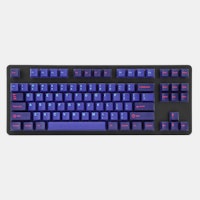
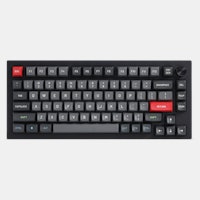
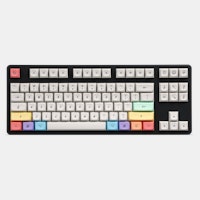
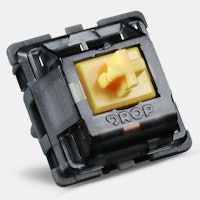
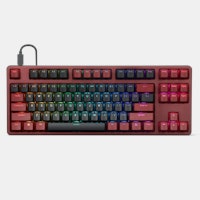
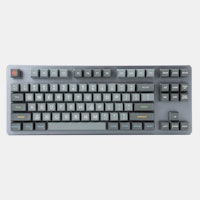

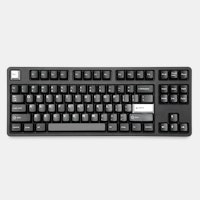
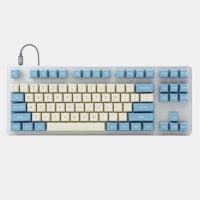
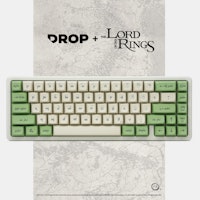
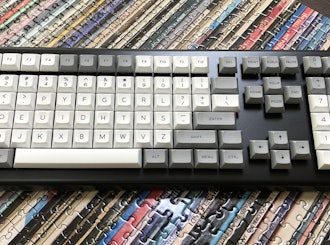
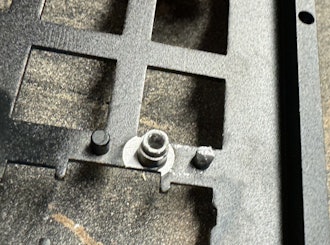
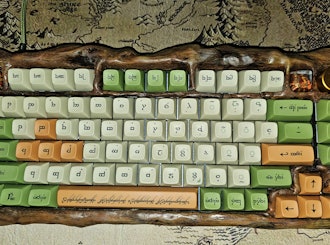
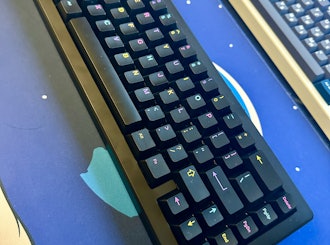

Here is a video I watched before first attempting to desolder my MagicForce 68: https://www.youtube.com/watch?v=ja4U75kF1Jw The first minute or so is the most important. He gives instructions on how to do a clean desoldering job. I watched this a long time ago so I forget if he mentions it but never be afraid to re-suck if needed. If it looks like there is a small bit of solder still there holding the pin to the pad, reflow some solder onto the pin (because working with too little can be difficult and will require prolonged contact with the electrical pads) and then resuck it. You may see some sticky goo looking thing. That's flux residue and is completely safe, just ugly. Don't let that cloud your judgement and not be able to notice when you're damaging the PCB though. Be careful and be on the lookout for any damage you might be causing. If you are, stop before it's too late, go over some more tutorials, and consider buying practice kits (cheap protoboard and some headers and just practice soldering the headers onto the protoboard and then practice desoldering them off). NEVER touch the PCB directly for longer than 2 seconds. The proper way to solder/desolder is to heat the pin of the switch to get the solder heated. Your iron should be heated at around 300-350 C for leaded solder and 350-400C for lead free solder. I recommend starting at 300 or 350 depending on the type of solder and adjust in increments of 10 as needed. Ideally, you should touch the pin with the iron and the solder will be heated up within 2 seconds. Then give it that good suck and back the iron off. I think I covered most of the procedure. I'll reply back if I remember something I forgot to mention. Full disclosure: It's not like you absolutely can't touch the PCB. It's just not recommended. I normally touch the PCB but I sorta-kinda know what I'm doing. Do as I say, not as I do.
I recommend saving yourself the hassle (and hating yourself) and getting the best desoldering pump there is (some people use desoldering wick, look into it and see if it's your thing. I personally hate using wick. Someone told me Goot is the best wick brand: https://www.amazon.com/Goot-CP-3515-Desoldering-Wick-Braid/dp/B00TCZSMSQ) : https://www.adafruit.com/product/1597 As you may have seen in the video, he gave the first pin two sucks. That's because he's using a somewhat generic soldering pump that isn't the best. The one I linked is able to perform a super clean suck 99.99% of the time. I've rarely had to re-suck. Here's another desoldering tutorial from adafruit themselves using the aforementioned pump: https://www.youtube.com/watch?v=N_dvf45hN6Y Make sure to get a few of these so you have spares when needed: https://www.adafruit.com/product/2476
Get a soldering iron that is temperature controllable and preferably Hakko tip compatible. Hakko is a brand: https://www.adafruit.com/product/3685 You might want some accessories with that: https://www.adafruit.com/product/1172 and https://www.adafruit.com/product/150 Here is the one I first bought. Not sure if it's hakko compatible: https://www.amazon.com/ANBES-Electronics-Adjustable-Temperature-Desoldering/dp/B06XZ31W3M/ref=sr_1_4?s=hi&ie=UTF8&qid=1519538058&sr=1-4&keywords=soldering+iron+kit
Do yourself a favor and try not to get cancer by getting lead-free solder for when you have to solder everything back. It's a bit harder to work with but health is important, right?: https://www.amazon.com/gp/product/B01M071WEE/ref=oh_aui_search_detailpage?ie=UTF8&psc=1 I happen to work well with 0.8mm but it may prove to be a bit difficult on something like soldering the headers onto a Pro Micro so you can get 0.6mm to be safe. It's basically how thick the wire is and thus determines how much solder flows as you're pushing it onto the heated pin.
I think that basically covers all the materials. All you need now is time and patience.
Here are some videos on building a keyboard. Love this guy. Go w
atch all of his videos just because: https://www.youtube.com/watch?v=W0FSvTYlggw&t=1s Here's another in depth guide. No words but you can pretty much understand it all by watching. It goes into a lot of things that aren't "necessary" unless you're feeling adventurous (like the clipping stabs and lubing, neither particularly hard) and honestly I would wait until you're more comfortable with things: https://www.youtube.com/watch?v=GG7W6CAB1KM